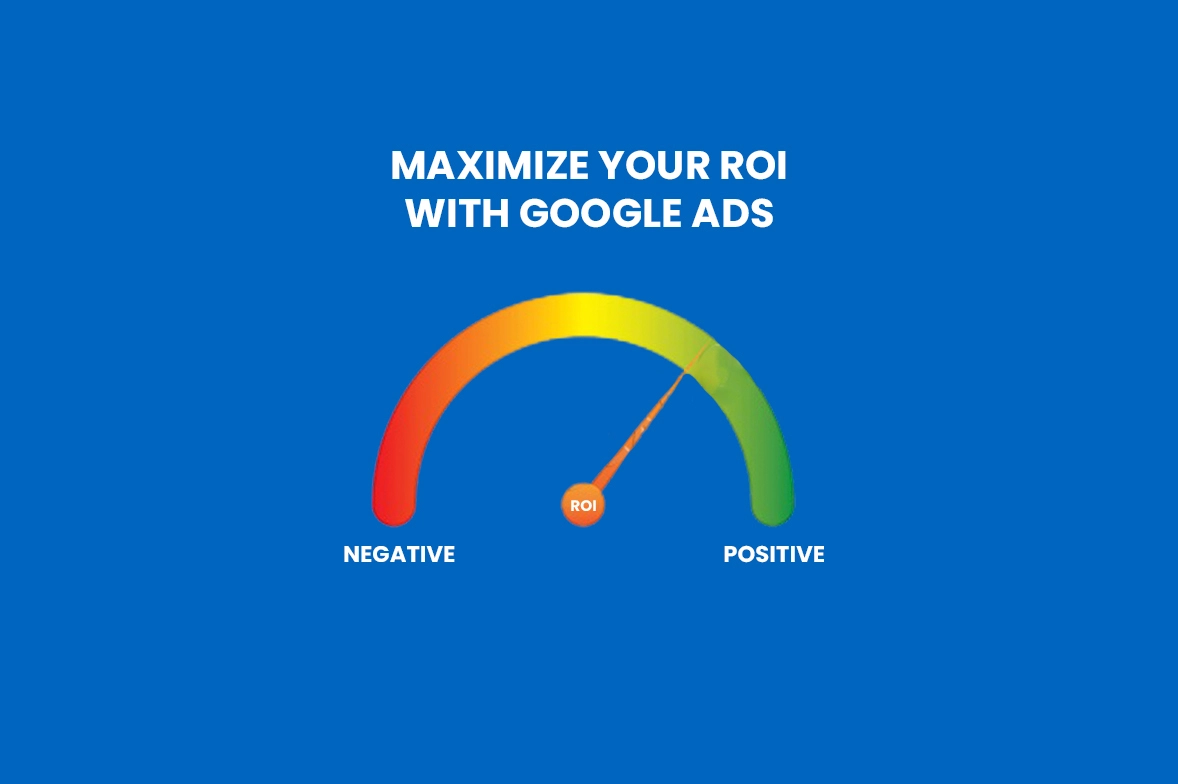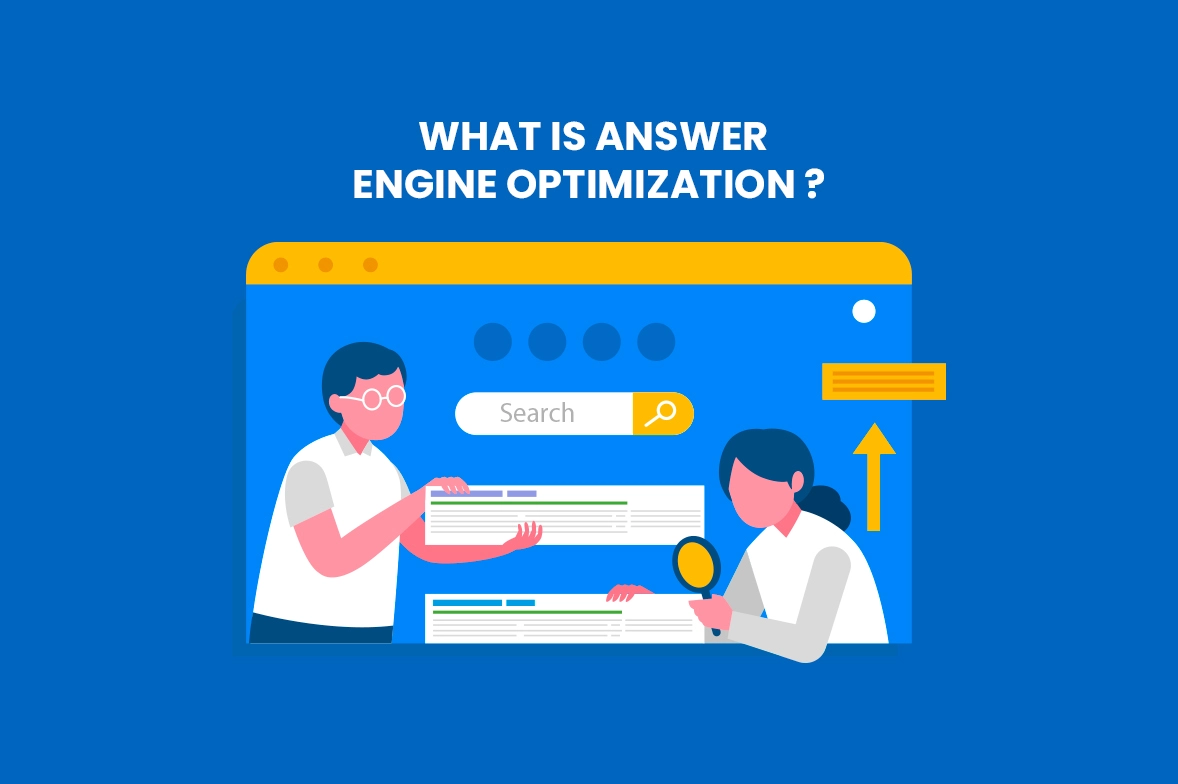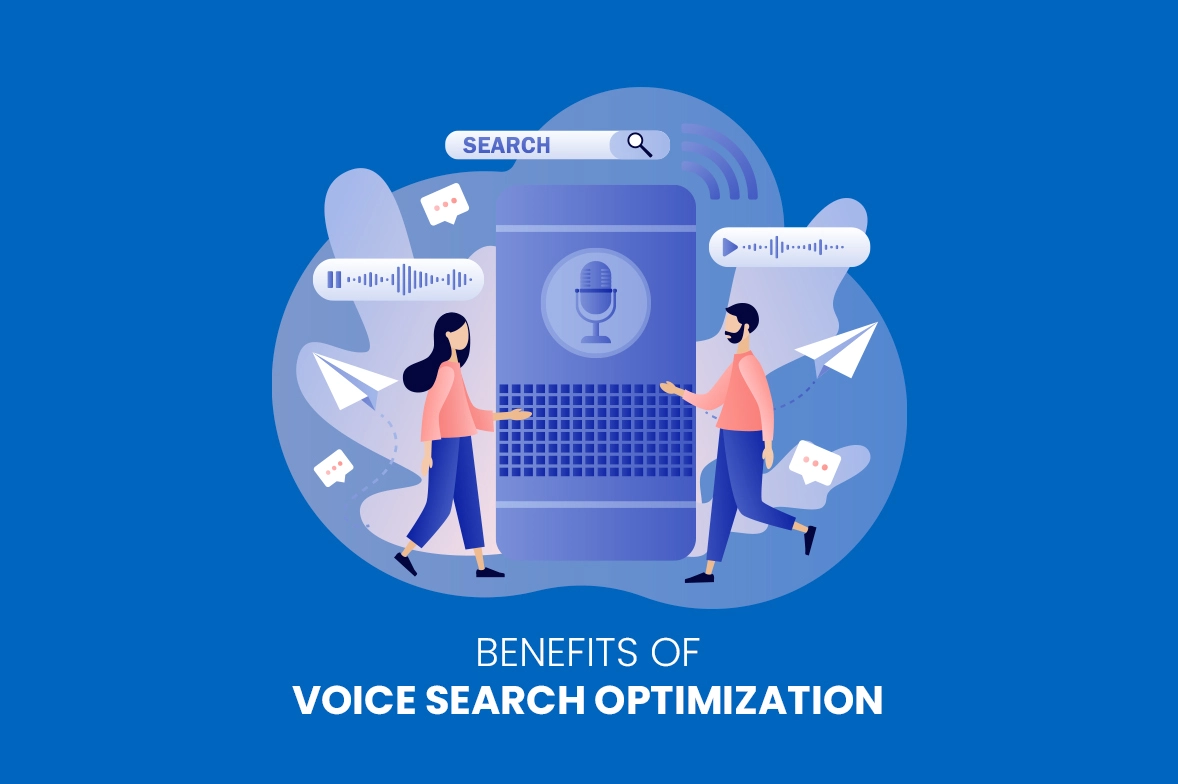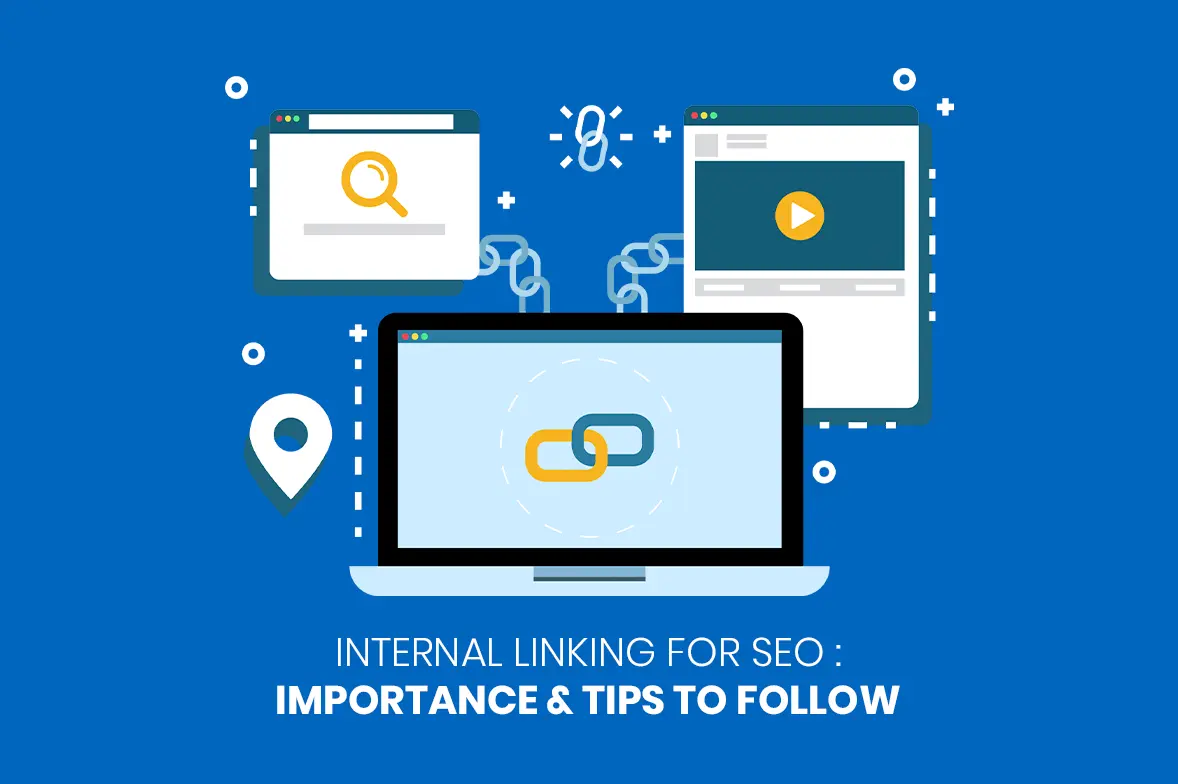
Exploring AI-Driven Conversational Marketing in Digital Marketing Sphere
AI has become a game changer in the digital marketing landscape. AI technologies are used by businesses to escalate interactive and personalised conversations with customers. Conversational marketing involves one-to-one, real-time interactions with clients to build customer relationships and provide personalised experiences. AI programs can simulate conversations like people. It incorporates language processing, machine learning, and voice recognition technologies to interpret vocal and written commands.
Traditional marketing measures failed to deliver personalised and real-time interactions. These measures got outdated over time and hence were replaced by conversational marketing. Various channels such as messaging apps and chatbots offer personalised and instant responses 24/7.
The Role of AI in Conversational Marketing
AI uses specific tools to understand user intent and automate conversations. Natural Language Processing (NLP) makes machines capable of understanding and responding to human language. It helps save time and increases accuracy. The use of chatbots has contributed to driving sales and increasing customer satisfaction.
Components of Conversational AI
Conservational AI can be broken down into five components. These five elements have to work together to make a program understand human queries.
- Natural language processing
NLP is the ability to understand human language and respond to it. It enables conversational agents to understand the meaning of words, the structure of sentences, idioms and even slang. Algorithms use large data sets to know how words are related and how they are used in different contexts.
- Machine learning
Machine learning enables computers to learn from data without being programmed. It is used to train computers to understand language, recognize patterns and adapt to changing conversations.
- Text analysis
Text analysis is the process of getting information from textual data. It involves identifying parts of sentences such as the subject and object. It also includes identifying different words in a sentence such as parts of speech. This helps to understand the relation between words and thereby understand the meaning of the sentence.
- Computer vision
Computer vision is the ability to interpret and understand digital images. It involves identifying objects and content in the image as well as the relationship between various objects in the image.
- Speech recognition
Speech recognition is the ability to understand human speech. This involves recognizing different sounds, grammar and syntax. It is also used to interpret the emotion of people speaking in a video and to understand the context of the conversation.
Types of Conversational AI
Chatbots – Programs that simulate human conversations.
E.g. chatbots are used in e-commerce websites to respond to the enquiries of customers.
Virtual assistants – personalised assistants to perform specific tasks.
Examples of virtual assistants are Siri and Alexa.
Voice assistants – voice-activated digital assistants on smartphones
E.g. Google Assistant
Benefits of Using AI in Conversational Marketing
Engagement – AI provides live interaction with customers. It responds to their queries instantly, keeping them engaged.
Personalised experience – Analyses customer data and makes suggestions based on it to provide the best experience.
Data collection – AI tools gather valuable insights that help businesses to make decisions, plan marketing strategies and optimise campaigns.
Scalability – AI driven chatbots and visual assistance can handle a large number of conversations simultaneously without an increase in resources.
Challenges of Conversational AI
Even though conversational AI has several advantages, we have to overcome many challenges to implement it.
One of the challenges is ensuring AI accurately understands and responds to customer queries. Customers may use different dialects and slang and AI should be able to handle all these conversations. AI gets its intelligence through machine learning and uses NLP to develop better responses to human queries.
Privacy concerns due to data collection is another challenge faced in conversational marketing. Balance between personalization and user privacy should be strictly maintained as part of data security.
To conclude, AI-driven conversational marketing has become a crucial part of customer engagement. The use of chatbots on websites has increased customer satisfaction and also helped employees to focus on more concerning issues. Learning the components, types and benefits of conservation AI will help you to use it in the best way your business demands. It will also help you to identify the challenges and overcome them.
Nijoe Varkey
With over 20 years of experience in digital marketing, Nijoe is the founder, CEO, and driving force behind Dinero. He is an expert in SEO, social media, performance marketing, and all fields of digital marketing. With a deep understanding of industry trends and innovative strategies, he is committed to delivering results that help clients grow.














